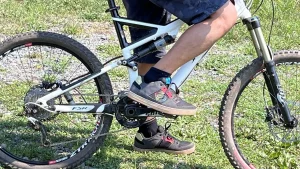The Hidden Benefits of the Sandbag Carry
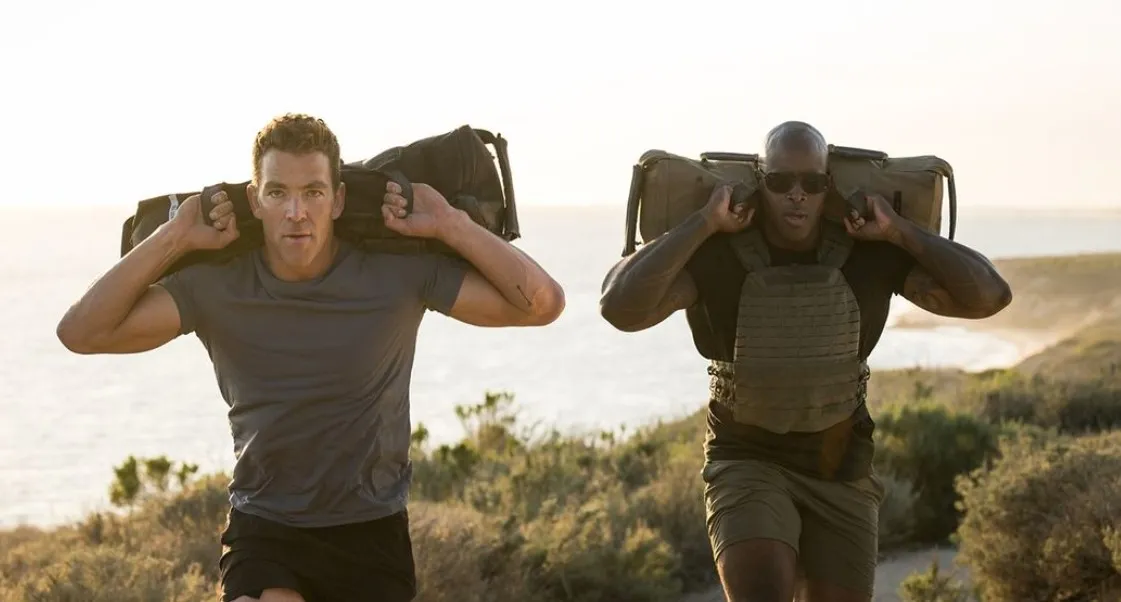
Table of Contents
What is the Sandbag Carry?
- Bear Hug Carry: Holding the sandbag in a bear hug position with arms wrapped around the bag and hands clasped together.
- Shoulder Carry: Resting the sandbag on one shoulder, holding it in place with one or both arms.
- Overhead Carry: Holding the sandbag overhead with arms extended, requiring shoulder stability and core strength.
- Rack Carry: Holding the sandbag at chest height with arms crossed, supporting the bag on the forearms and shoulders.
- Suitcase Carry: Carrying the sandbag by your side, holding it in one hand, which challenges the core and oblique muscles to maintain balance.
- Farmer’s Walk: The participant carries a sandbag in each hand, walking a certain distance or for a specified time.
- Zercher Carry: The sandbag is held in the crooks of the elbows, either by cradling the bag or by using a harness or straps.
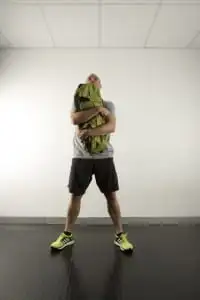
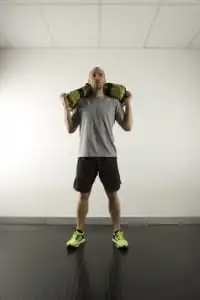
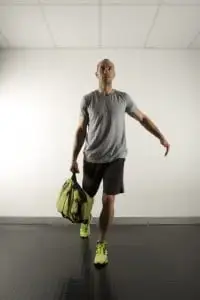

- Build strength
- Improve posture
- Increase overall conditioning
- Enhance your ability to perform everyday tasks that require lifting, carrying, or holding heavy objects
What Muscles Does the Sandbag Carry Work?
- Upper Body Muscles:
– Shoulders: All variations of the sandbag carry require shoulder stability and strength to hold and control the weight.
– Upper Back: Muscles like the trapezius and rhomboids are engaged to stabilize the shoulders and upper body.
– Arms: Grip strength is heavily taxed during the sandbag carry, working the forearm muscles, particularly the flexors. - Core Muscles:
– Abdominals: The core muscles, including the rectus abdominis, obliques, and transverse abdominis, work hard to stabilize the spine and pelvis while carrying the sandbag.
– Lower Back: The erector spinae muscles of the lower back engage to maintain an upright posture and support the spine against the weight. - Lower Body Muscles:
– Quadriceps: The muscles on the front of the thigh are activated to extend the knee and propel the body forward during walking.
– Hamstrings: These muscles at the back of the thigh work to stabilize the knee joint and assist in hip extension.
– Glutes: The gluteus maximus, medius, and minimus are engaged to stabilize the hips and provide power during the movement.
– Calves: The calf muscles (gastrocnemius and soleus) assist in ankle stabilization and provide propulsion during walking. - Forearm and Grip Strength:
– All variations of the sandbag carry heavily tax the forearm muscles and test grip strength due to the nature of holding onto the sandbag, which tends to be less stable compared to traditional weights. Gripping and stabilizing requirements adds additional challenges to the sandbag carry
Incorporating sandbag carries into your training regimen can lead to improved strength, stability, and overall functionality in these muscle groups, enhancing your performance in both daily activities and sports.
How to Find Focus with Your Sandbag Training
- Establish a Pre-Workout Routine/ Objectives: Create a consistent pre-workout routine to prepare your mind and body for the upcoming training session. This could include light stretching, dynamic warm-up exercises, and mindfulness or meditation techniques. Having clear objectives helps channel your mental energy.
- Focus on the Present Moment: During your sandbag training, keep your attention on the exercise you’re performing and the sensations in your body. Notice the sensations in your body, the feeling of the sandbag against your skin, and the sounds around you. When your mind wanders, gently bring your focus back to the present. Avoid thinking about past or future events, and stay fully engaged in the present moment.
- Use Verbal Cues/ Affirmations: Utilize verbal cues or mantras to reinforce proper form, technique, and mental focus. Phrases like “I am strong,” “I am focused,” or “I can do this” can help boost confidence and maintain concentration.
- Incorporate Periodization: Plan your sandbag training in phases, with periods of higher intensity followed by lighter recovery periods. This will help you avoid mental burnout and maintain focus on your long-term goals.
- Make Time for Recovery: Adequate recovery is essential for mental focus and overall performance. Ensure you’re getting enough rest between workouts, including sleep, active recovery activities, and proper nutrition.
- Eliminate Distractions: Create a quiet, distraction-free environment for your sandbag training sessions. Turn off your phone, avoid interruptions, and find a space where you can focus solely on your workout.
- Mindful Breathing: Pay attention to your breath during sandbag exercises. Deep, rhythmic breathing can help calm the mind, reduce stress, and enhance focus. Inhale deeply during the concentric phase (the lift) and exhale fully during the eccentric phase (the lowering) to maintain control and focus.
- Practice Visualization: Visualize you performing each exercise before performing it, imagining the proper form and technique. This can help you execute the movement correctly and maintain focus throughout the set. Visualizing success primes your mind for optimal performance and reinforces positive outcomes.
- Set Mini-Goals: Break down your sandbag training into smaller, achievable goals, such as completing a certain number of reps or sets. Achieving these mini-goals can help you stay focused and motivated throughout your workout.
- Focus on Sensory Input: Engage your senses to deepen your focus. Notice the texture and weight of the sandbag, the feeling of your muscles contracting, and the rhythm of your breath. By tuning into your senses, you anchor yourself in the present moment.
Stay Positive and Patient: Maintain a positive attitude and be patient with yourself. If you find your mind wandering or if you make mistakes during your training, gently redirect your focus back to the task at hand. Celebrate small victories and progress along the way.
By incorporating these strategies into your sandbag training routine, you can cultivate mental focus, enhance performance, and achieve greater satisfaction from your workouts. Practice consistently, and over time, you’ll strengthen your ability to stay focused both in training and in other areas of your life.
Sandbag for Both Physical and Mental Toughness
I hope you found this information helpful. Check out my other related posts such as the link between sandbag workouts and functional fitness, why goas setting is important to overall fitness, and the pillars of mental health. We also recorded a related podcast on injuries and prevention.
